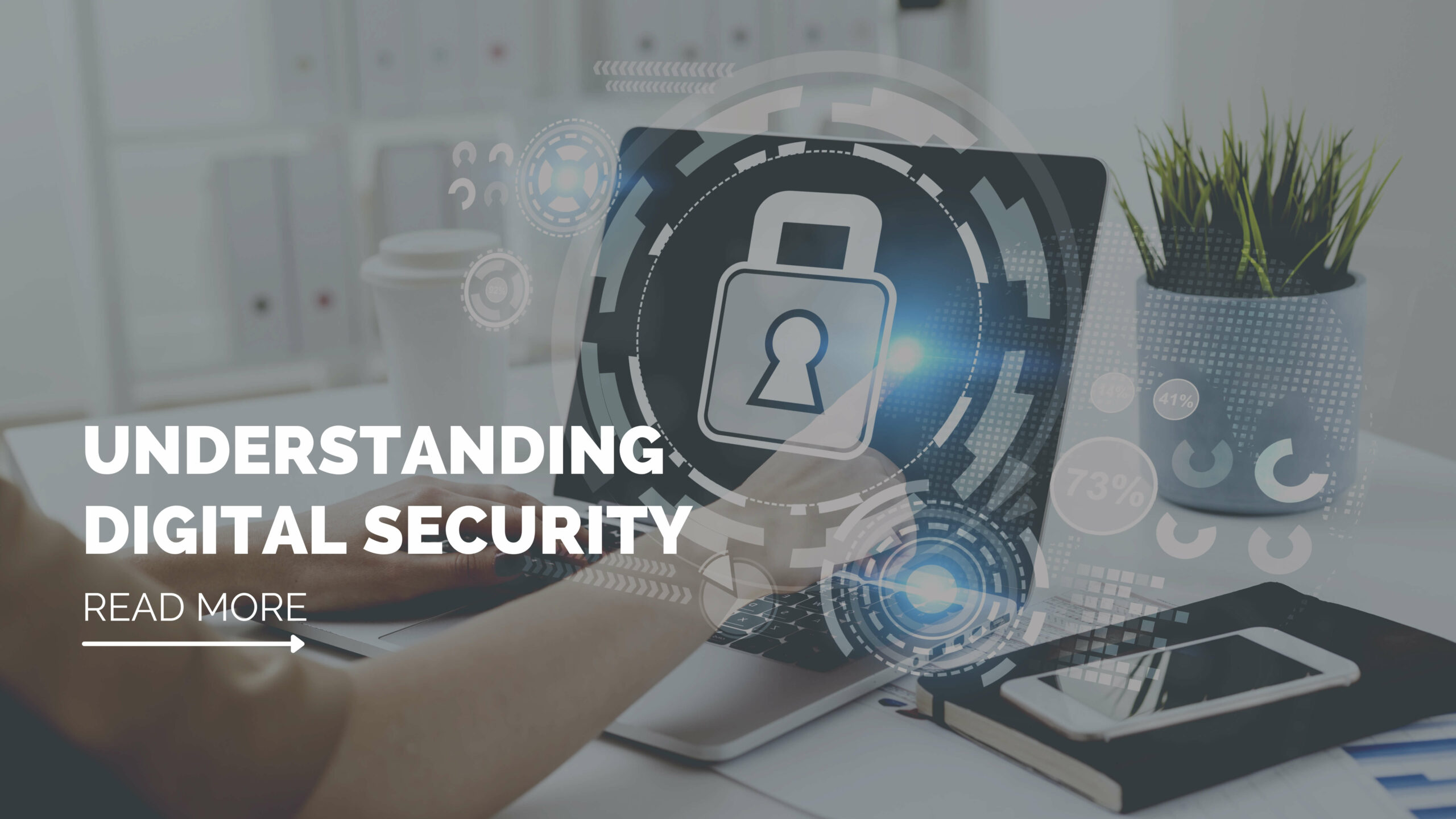There are several cyberattacks every day, and anyone might become a victim of a cybercrime, hack, or theft. Leading international brands have had fraudulent information posted on their websites, while small businesses and creative start-ups across all industries are routinely targeted because the majority of them lack adequate digital security procedures. Sadly, as our reliance on the internet and digital networks grow, hazards are also connected to it along with advantages. As a result, today’s society places a high priority on digital security.
There was a 28% increase in global attacks in the third quarter of 2022 compared to the same period last year. Additionally, over 1,130 attacks per organization each week on average were reported globally. This means this issue is a worldwide matter that everyone should be aware of.
But first, let’s go back to the basics:’=
What is Digital Security?
Digital Security refers to all methods used to protect online identities, data, and other digital assets; methods are either virtual or physical. These resources include, but are not limited to, web services, antivirus programs, SIM-equipped smartphones, biometrics, and secure devices. In other words, digital security protects your identity online.
Difference between Digital Security & Cybersecurity
While both hold similarities, they also differ from one another. Keeping your online presence safe requires using digital security (data, identity, assets). At the same time, cybersecurity protects you from unwanted access by enclosing entire networks, computer systems, and other digital components.
Digital security is considered a subtype of cybersecurity depending on one’s perspective. In truth, digital security protects information, whereas cybersecurity safeguards the infrastructure, including all systems, networks, and data, despite the fact that many industry professionals use the two terms interchangeably.
If you want to take a dive into the cybersecurity considerations for IoMT, visit IoMT and Medical Device Cybersecurity.
Types of Digital Security
As you can see, if your digital data is compromised, a lot can go wrong. Fortunately, there are many different types of security in the digital age, giving users a large selection of defense strategies. These consist of:
Firewalls
This program keeps track of online traffic, spots authorized users, prevents unauthorized access, and, if it’s up to date, will even guard against next-generation malware. Although firewalls have been around for a while, many cybersecurity professionals consider them to be outdated. A cutting-edge version, though, is a beneficial tool for blocking unauthorized users.
Antivirus Program
Your data is infected by viruses spread by malware and other harmful systems, which also cause your system to crash. In addition to identifying and eliminating these viruses, an effective antivirus program also blocks dubious programs and isolates potential risks.
Remote monitoring software
Data security teams gather information, identify issues, and remotely monitor all software and hardware thanks to remote monitoring. Administrators are able to fix any problem at any time, anywhere, thanks to remote monitoring, giving their clients flexibility and convenience.
Proxy Servers
By applying filtering criteria that adhere to an organization’s IT regulations, proxies act as a link between users and the internet. Furthermore, proxies use an authentication system to limit access and track usage while blocking hazardous websites.
Vulnerability Scanner
This program analyzes, maintains, and locates any system vulnerabilities in your company. In addition to identifying weaknesses, vulnerability scanners also prioritize them to assist you in planning your defenses. Scanners can be used by IT security teams for both internal systems and web applications.
Best Prevention Practices against Cyber-attacks
1. Ensure that all of your software and systems are updated often
Because obsolete systems or security software exposes weaknesses, cyberattacks routinely happen. These weaknesses are exploited by hackers and cybercriminals to get access to your network. Sometimes it’s too late to take preventative action once they’ve entered.
A patch management system, which keeps track of all software and system upgrades and guarantees that your system is up to date, and creates a secure online environment, is a smart investment to combat this.
2. Train your workers
One of the most common ways for cybercriminals to obtain your data is through employees. They send phishing emails asking for personal information or access to particular files while posing as representatives of your business. In fact, links appear authentic to the inexperienced eye, and it’s simple to fall for the trap. One of the best ways to combat cyberattacks and other types of data breaches is to educate your personnel about how to prevent them and keep them up to date on recent cyberattacks.
3. Prioritize endpoint security
Networks that are connected to devices over a remote bridge are protected by endpoint security. Access points connected to company networks via mobile devices, tablets, and laptops raise security issues. In order to protect these channels, endpoint protection software is needed.
4. Create a data backup
To prevent a severe slowdown, the loss of data and sensitive information, and financial loss in the event of a disaster, you really need to have your data backed up.
Data is abundant and easily exploitable. The value of that data alone attracts opportunists to cyber criminals as they simply need one successful haul to justify their efforts. The hackers use phishing scams to deceive customers in order to steal their identity or get a sizable chunk of money via a hacked credit card. Long-term gains come from learning about digital security. Protect your information and get ready.
About ITJ
ITJ is devoted to serving fast-growing and high-value market sectors, particularly the Internet of Medical Things (IoMT), working with innovative medical device companies looking to improve people’s lives. With a unique BOT (build, operate, and transfer) model that sources only the best digital talent available, ITJ enables companies in the US to create technology centers of excellence in Mexico. For more information, visit www.itj.com.


